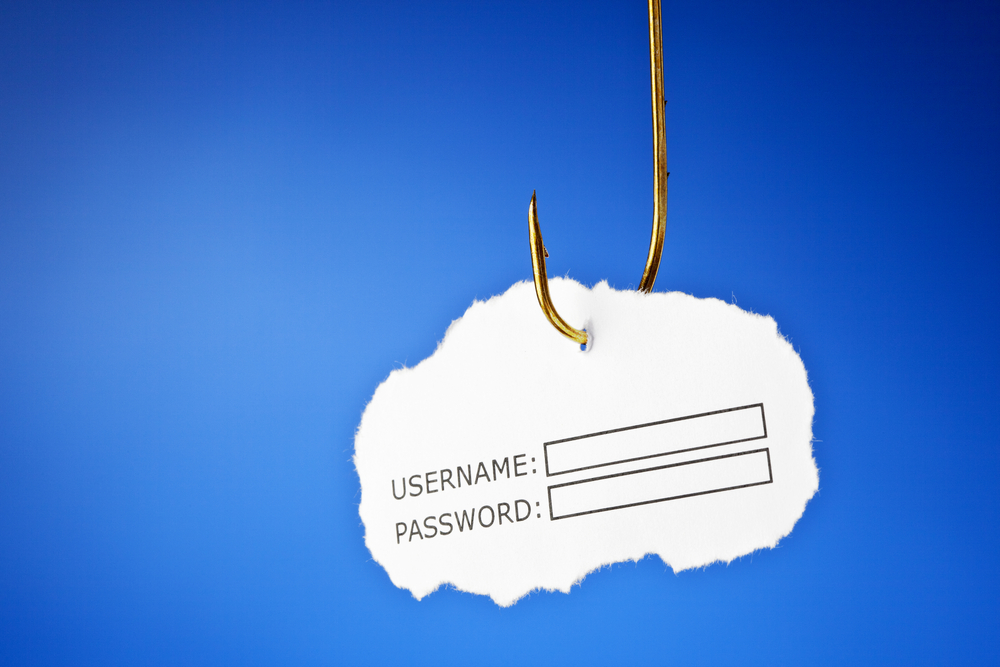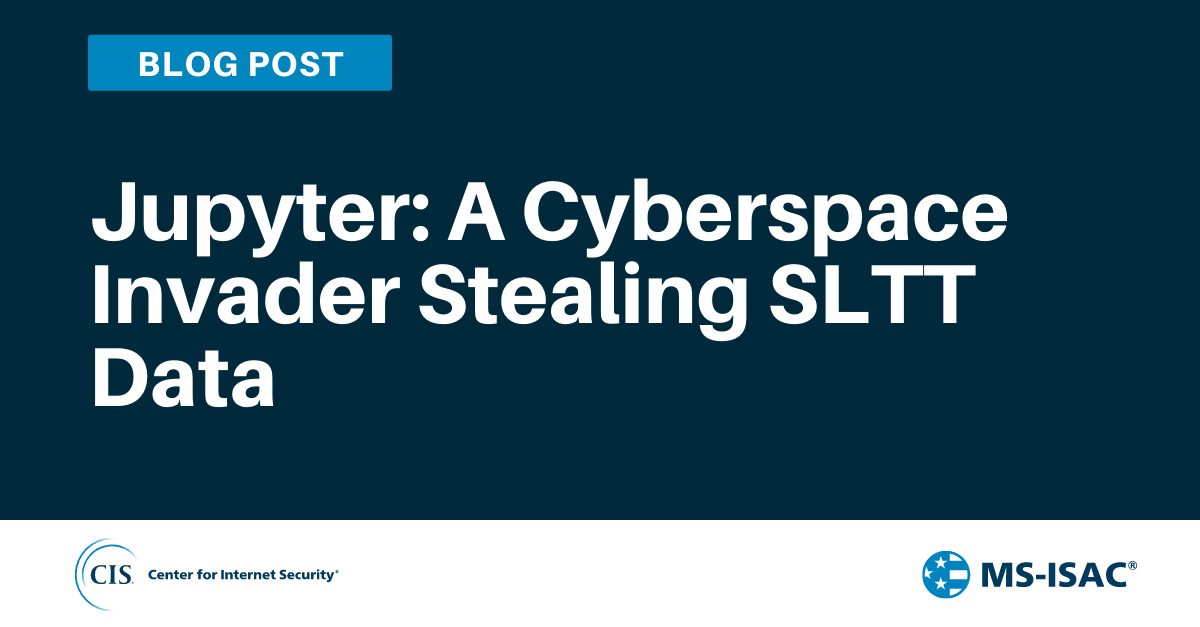New research from Expel found that most ransomware attacks in 2021 were self-installed. Eight out of ten infections occurred after victims unwittingly opened a zipped file containing malicious code.
ZTF researchers say the penetration test revealed the compromise of confidential, centrally stored data through “an obvious deficiency”, an insecure direct object reference (IDOR) vulnerability.
According to Microsoft 365 Defender Threat Intelligence Team, the campaign took advantage of the devices that did not implement MultiFactor Authentication (MFA).
Jupyter deploys a multi-stage process, leveraging PowerShell and legitimate tools, such as Slim PDF Reader, to drop secondary payloads to fingerprint victim information, including computer name, OS version, architecture, and user identifier.
A threat actor has used an exploit to steal nearly $80 million from Qubit Finance, a decentralized finance (DeFi) platform that allows users to loan and speculate on cryptocurrency price variations..
The security flaw allowed a hacker to gain access to personal data belonging to around 500,000 individuals who had purchased tickets to ride on Swiss Federal Railways (SFR).
The round was led by Elsewhere Partners. In conjunction with the funding, John Thornton and Nick Stoffregen of Elsewhere Partners will also join the Board alongside Idera Inc. CEO Randy Jacops.
QNAP force-updated customer’s NAS devices with firmware containing the latest security updates to protect against the DeadBolt ransomware, which has already encrypted over 3,600 devices.
The group once again dangled fake job opportunities at engineers in a spear-phishing campaign that used Windows Update as a living-off-the-land technique and GitHub as a C2.
Microsoft has disclosed details of a large-scale, multi-phase phishing campaign that uses stolen credentials to register devices on a victim’s network to further propagate spam emails and widen the infection pool.









